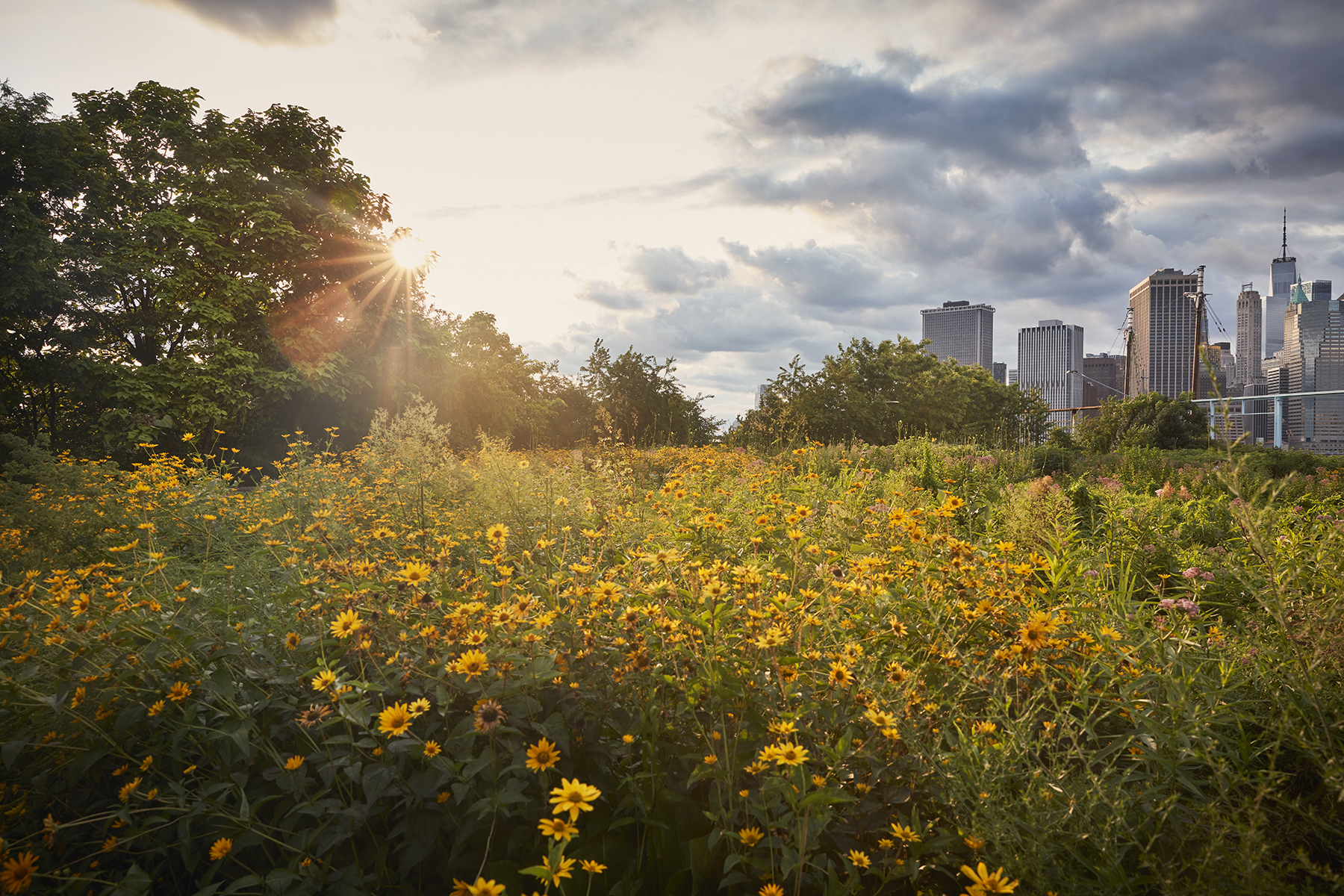Discover the Fastest Growing Grass Seed for a Vibrant Lawn in No Time

Have you ever wondered which grass seed offers the quickest growth for your lawn? If you’ve been longing for a lush, green yard without the prolonged wait, you’re in the right place. This article unravels the secret of the fastest growing grass seed and how it can revolutionize your gardening experience.
Grass seed selection is crucial when you’re eager to witness your garden transition from a barren landscape to a thriving green oasis. Let’s delve into the world of the fastest growing grass seeds that can bring your lawn to life in the shortest possible time.
What are the Fastest Growing Grass Seeds?
When talking about rapid growth, two types of grass seeds stand out – ryegrass and tall fescue. Both species germinate in under two weeks, making them the preferred choice for homeowners seeking a quick lawn makeover.
Ryegrass is an incredibly fast grower, with germination times typically falling between 5 to 10 days. It’s perfect for both sunny and partially shaded yards. Ryegrass is hardy and can handle a fair amount of foot traffic, making it a good option for lawns that serve as playgrounds for children or pets.
Tall Fescue, on the other hand, takes a little longer to germinate (usually between 7 to 14 days) but offers exceptional heat and drought tolerance once established. This makes it an ideal choice for those residing in areas with a warmer climate or less reliable rainfall.
How to Optimize Fast Growth?
To ensure the quickest growth possible, a few strategies should be implemented. These include:
Proper Soil Preparation
Before sowing your chosen grass seeds, it’s crucial to prepare the soil. This entails removing any weeds or large rocks, tilling the soil to loosen it, and adding a nutrient-rich soil conditioner to optimize germination.
Optimal Sowing Time
The best time to sow grass seeds is during spring or early fall when temperatures are moderate, and conditions are prime for germination.
Adequate Watering
Grass seeds require regular watering to thrive. During the germination phase, the soil should remain consistently moist but not waterlogged. After germination, you can gradually decrease watering frequency as the roots become more established.
Proper Fertilization
Applying a starter fertilizer at the time of seeding can significantly boost the germination rate, leading to a faster green lawn. Ensure the fertilizer is well-balanced and designed specifically for new grass.
Benefits of Fast Growing Grass Seeds
Fast-growing grass seeds come with several advantages:
Quick Coverage
The rapid germination time helps to cover bare patches swiftly, giving your lawn a full, lush appearance in a matter of weeks.
Erosion Control
Fast-growing grasses, like ryegrass, are excellent at controlling soil erosion, especially on sloping land.
Disease Resistance
Many fast-growing grass varieties, like tall fescue, have inherent resistance to certain common lawn diseases.
Traffic Tolerance
Fast growers, once established, are typically tough and can handle foot traffic, making them ideal for active outdoor spaces.
Enhancing Lawn Longevity with Fast-Growing Grass Seeds
While the fastest growing grass seeds promise speedy transformation, it’s also vital to ensure the longevity of your new lawn. Let’s look at some strategies to help you do just that.
Regular Mowing
Regular mowing encourages grass growth, making your lawn denser over time. However, never cut more than one-third of the grass blade at once. Overzealous mowing can stress the grass, hindering its growth and leaving it susceptible to diseases and pests.
Pest and Weed Control
Unwanted pests and weeds can stifle the growth of your grass. Regular lawn maintenance and treatment can help keep these issues at bay. Consider using natural or chemical treatments based on the severity of the problem.
Aeration
Over time, lawns can become compacted, making it harder for grass roots to spread and thrive. Aeration, which involves making small holes throughout your lawn, can resolve this. This practice improves air, water, and nutrient penetration, fostering robust grass growth.
Blend Fast Growing Grass Seeds for Optimal Results
One strategy often employed by seasoned gardeners is blending different grass seeds to achieve the best of all worlds. A mix of ryegrass and tall fescue seeds can provide rapid lawn coverage and excellent durability. Mixing various types of seeds can also contribute to a more disease-resistant lawn since different grass species have varying resistances.
Considerations When Choosing Fast Growing Grass Seeds
When choosing the fastest growing grass seeds, consider your local climate, soil type, and the intended use of your lawn. Not all grass seeds are created equal, and the fastest growers may not always be the best choice for every situation.
For instance, while ryegrass sprouts quickly, it might not be the best choice for extremely hot climates. On the other hand, tall fescue, while slower to germinate, can endure warmer temperatures and inconsistent watering better.
Wrapping Up
Finding the perfect grass seed for your yard depends on a variety of factors, including your local climate and the season. Warm season grasses, like Bermuda grass and Centipede grass, thrive in hotter climates and grow vigorously in the heat. In contrast, cool season grasses such as Kentucky bluegrass, perennial ryegrass, and annual ryegrass are more suited to cooler climates and times of the year. Understanding these distinctions can aid in planting grass seed at the right time and in the right place, ensuring a lush lawn year-round.
While warm season grasses grow best when planted in late spring or early summer, cool season grasses are best sown in early spring or fall. If you plant grass seed during these optimal periods, your lawn will have the best chance to establish healthy, robust grass seedlings. Fast-growing grass seed types, like ryegrass, can provide rapid coverage and a burst of green, whereas grasses like Bermuda and Kentucky bluegrass might take a little longer but often provide more resilience in the long run.
Caring for newly seeded lawns, regardless of the type of grass seed used, requires patience and diligence. The key to a vibrant, lush lawn lies not only in choosing the fastest-growing grass seed but also in how well you nurture and maintain it over time. Whether you’re dealing with warm season grasses or cool season ones, proper care, including regular watering, mowing, and pest control, can ensure the longevity and beauty of your lawn. Your dream lawn is closer than you think, and the journey there begins with planting the right grass seed.







